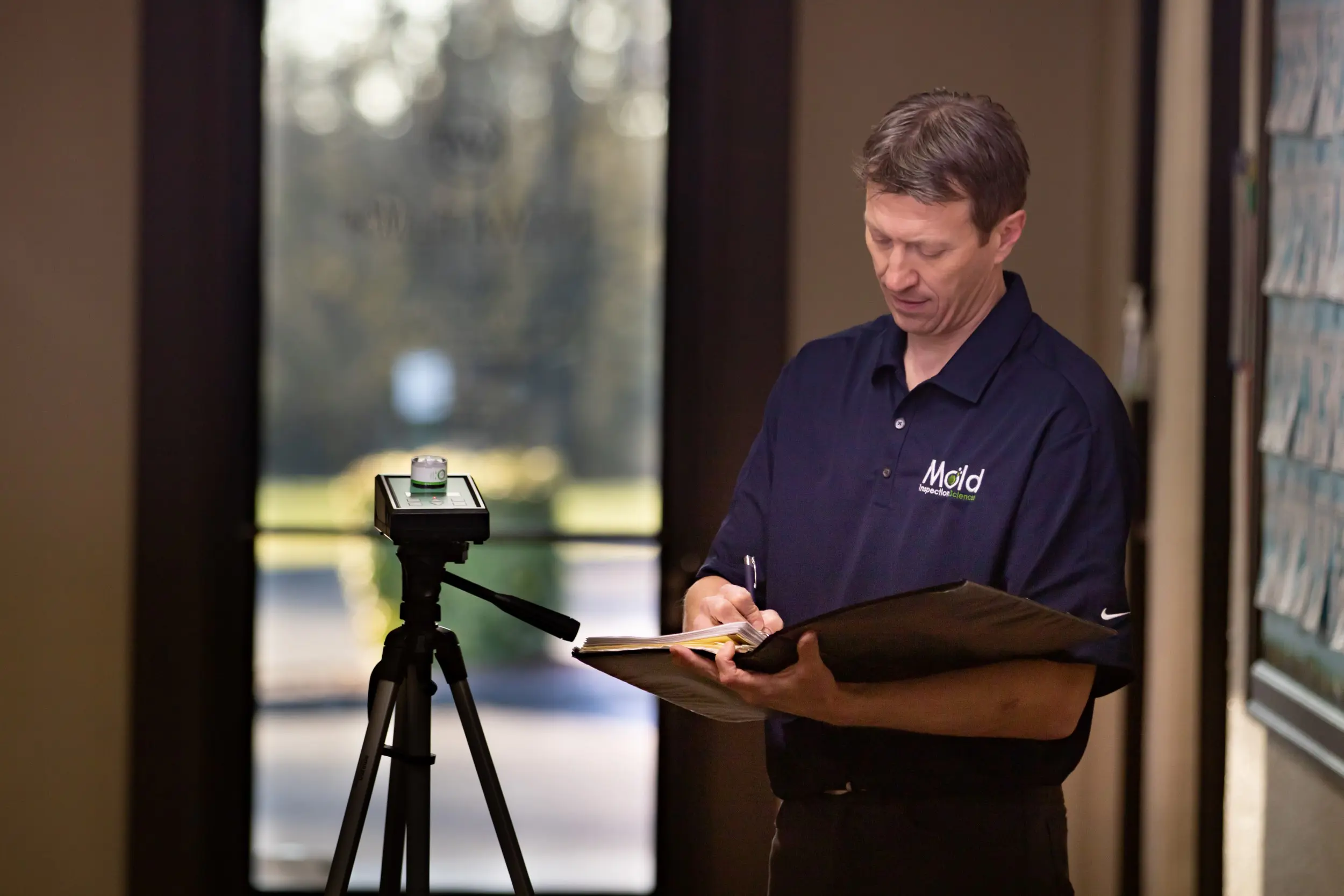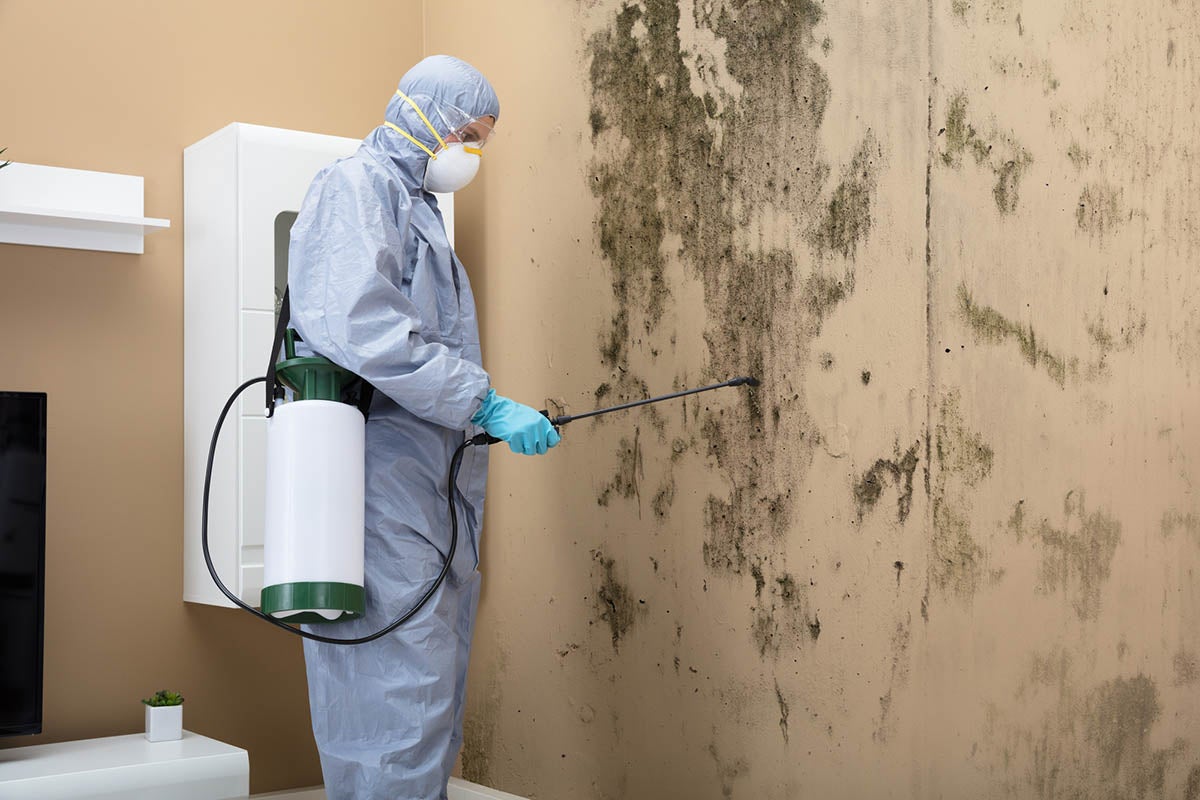Crucial Actions After Mold Remediation
Crucial Actions After Mold Remediation
Blog Article
Effective Post Mold Remediation Solutions for Your Home
Mold growth in homes can be a consistent issue, usually calling for a systematic strategy for efficient post-remediation solutions. From comprehending the variables that contribute to mold advancement to applying proper cleansing strategies and moisture control actions, the process can be detailed yet important for maintaining a healthy living atmosphere. Furthermore, discovering all-natural remediation services and establishing a regular for ongoing upkeep are necessary parts of a comprehensive mold and mildew removal method. As property owners aim to resolve mold and mildew concerns, finding the most reliable options becomes critical for the wellness of their families.
Comprehending Mold And Mildew Development Factors
Mold and mildew growth is influenced by a variety of variables that are critical to comprehend in order to efficiently address and prevent its proliferation. Understanding these factors is essential in implementing successful mold removal techniques. The primary aspect adding to mold growth is moisture. Mold spores call for dampness to prosper and germinate, making humid or moist environments extremely at risk to mold problems. Poor air flow can also bring about moisture buildup, creating an ideal breeding place for mold.

In addition, airflow and light direct exposure can impact mold and mildew development. Areas that do not have correct ventilation and all-natural light are much more vulnerable to mold advancement. By addressing these elements thoroughly, individuals can efficiently minimize mold growth and secure their living environments.
Correct Mold And Mildew Cleaning Techniques
Using effective cleaning methods is important in attending to and stopping the recurrence of mold contamination in interior atmospheres. The very first step in proper mold cleansing is to have the afflicted area to stop the spread of spores to unpolluted areas.

Implementing Moisture Control Steps
To successfully protect against mold development and contamination in indoor atmospheres, implementing dampness control steps is extremely important. Furthermore, making certain appropriate air flow in areas vulnerable to moisture buildup, such as kitchen areas and bathrooms, can assist lower the risk of mold development. By diligently carrying out these dampness control measures, house owners can successfully reduce the probability of mold and mildew recontamination and keep a healthy interior setting.
Using All-natural Remediation Solutions
After successfully executing moisture control procedures to stop mold growth in indoor atmospheres, house official source owners can now explore the effectiveness of natural removal options in preserving a healthy and balanced living space. All-natural removal solutions use eco-friendly techniques to fight mold and mildew and mildew, making them a prominent option for those looking for non-toxic alternatives. One such option is utilizing vinegar, an all-natural antimicrobial representative, to disinfect and clean surfaces polluted by mold and mildew. Just weaken vinegar with water and spray it onto the impacted areas, enabling it to sit for a few hours prior to wiping clean. Additionally, tea tree oil, known for its antifungal properties, can be combined with water and splashed onto mold-infested surface areas to prevent additional growth. Another all-natural alternative is hydrogen peroxide, which can successfully kill mold on numerous surface areas without leaving dangerous residues behind. By incorporating these natural removal solutions into their cleaning regimens, homeowners can effectively combat mold and mildew growth while advertising a healthier indoor setting on their own and their households.

Maintaining a Mold-Free Environment
In order to protect against mold reoccurrence and make certain a regularly mold-free atmosphere, it is crucial read review for property owners to carry out aggressive maintenance practices. On a regular basis evaluating areas vulnerable to mold growth, such as restrooms, cooking areas, attics, and cellars, is essential. Dealing with any leaks, water damages, or excess dampness promptly can considerably decrease the risk of mold development. what to do after mold remediation. Correct air flow in areas with high humidity levels is also vital to avoid mold and mildew growth. Using dehumidifiers or exhaust followers can aid preserve ideal wetness levels and dissuade mold spores from thriving.
Additionally, keeping cleanliness in the home is crucial for mold prevention. Routinely cleansing and dusting surface areas, carpetings, and upholstery can aid eliminate mold spores prior to they have a possibility to increase click here to read and settle. Utilizing mold-resistant items for construction products and furnishings can additionally aid in producing a mold-free setting. Maintaining interior plants in check and guaranteeing correct drain in exterior landscape design can minimize moisture build-up, reducing the chance of mold and mildew invasions. By adhering to these proactive maintenance techniques, house owners can efficiently maintain a mold-free space.
Verdict
In verdict, it is important to resolve mold development factors, make use of proper cleansing techniques, carry out moisture control procedures, make use of natural removal solutions, and preserve a mold-free setting in order to successfully manage message mold and mildew removal in your home - Post Remediation verification. By adhering to these strategies, you can prevent mold from reoccuring and ensure a healthy living atmosphere for you and your family members
The primary element contributing to mold development is dampness. Mold and mildew spores require moisture to germinate and prosper, making wet or damp settings highly vulnerable to mold and mildew invasions.To properly protect against mold growth and contamination in indoor environments, carrying out wetness control procedures is extremely important. Additionally, guaranteeing correct air flow in locations vulnerable to moisture build-up, such as washrooms and cooking areas, can assist reduce the threat of mold and mildew development.After efficiently applying dampness control actions to avoid mold growth in interior settings, homeowners can currently check out the efficiency of natural removal remedies in preserving a healthy living space.
Report this page